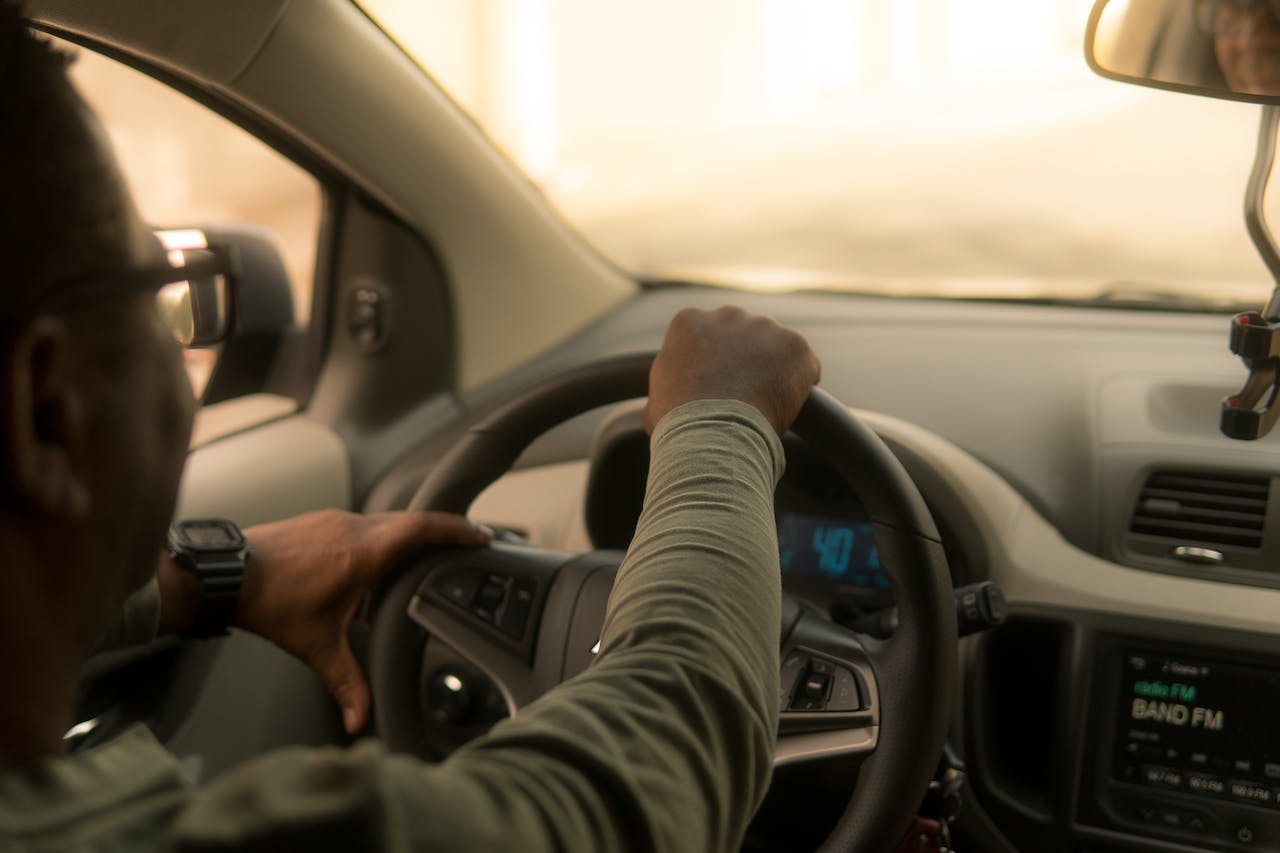Wherever you turn, technology is changing every aspect of our lives, from the way we enjoy our homes to the way we work.
Driving is no different, and the last ten years in particular has seen an explosion of tech that has made life on the roads both easier and safer in equal measure.
Here, we look at the most prominent technologies currently impacting the automobile industry.
Web Connected
There’s a substantial number of drivers on the road today that have never had to face the challenge of successfully opening, reading and understanding a huge Ordnance Survey map in a car whilst lost on some country roads.
That’s because satellite navigation systems are such a standard feature of modern driving that the idea of finding your own way around is now an alien concept. Sat-navs are a fairly ordinary part of the modern web connected vehicle, which offers sophisticated entertainment and GPS systems alongside an array of in-car services.
Between 2018-2022, it’s projected that 125 million cars with embedded connectivity will be shipped around the world, with the UK one of the biggest consumers.
Self-Driving Vehicles
Cruise control may have been around since 1948, but the advances in autopiloted vehicles have really come on strong these past few years.
Thanks to Tesla, the self-driving car is no longer a matter of science fiction but a very real presence in the market. Over the last six years, Tesla’s sales have risen by a staggering 25,913%, with their figures doubling in 2018 alone.
The technology is by no means perfected yet, which means theses sorts of numbers are just scratching the surface of the potential of both the self-driving car and its leading manufacturer.
Electric Motors
Of course, Tesla are also a flagship brand for the electric vehicle (EV) movement which, according to JP Morgan, is set to become the dominant form of automobile by 2030.
Currently only owning a 2% share of the global market, battery electric (BEVs) and plug-in hybrid (PHEVs) vehicles present a range of economic and environmental benefits including cheaper running and maintenance costs, lower emissions, government incentives and tax reductions.
As the competition in pricing and product innovation begins to drive forward, expect to see EVs become the vehicle of choice within the next ten years.
Telematics
If you’ve been shopping around for insurance recently, you’ll probably have noticed a fair share of telematics-based premiums on offer, with the best prices usually associated with a telematics system being attached to your car.
Telematics, otherwise known as a Blackbox, can measure a range of driving behaviours, from how harshly you accelerate and brake to how well you take corners. Essentially, it’s a great way for insurance companies to work out if you’re a safe driver, meaning they can tailor premiums to particular holders.
Not great news for the boy racers amongst us, but more than 90% of insurance chiefs predict over half of drivers will be using monitoring systems by 2022.
Driver Assists
There are a range of driver assists that have gone from impressive novelties to part of a standard package expected in a modern car.
The likes of lane assist, blind spot detection, hill start assist and forward collision and parking sensor technologies are improving general driving and safety standards for both learners and experienced drivers alike.
Similar tech a decade ago would have been reserved for only the most premium and costly vehicles. These days, however, you can head on over to a used car retailer like Peter Vardy and find them embedded in a range of accessible, reasonably priced cars.
Indeed, car technology will only continue on its path of exponential growth, meaning the spectacular tools we see today will be taken for granted in five years’ time, no doubt accompanied by a whole new range of advances to blow us away.

